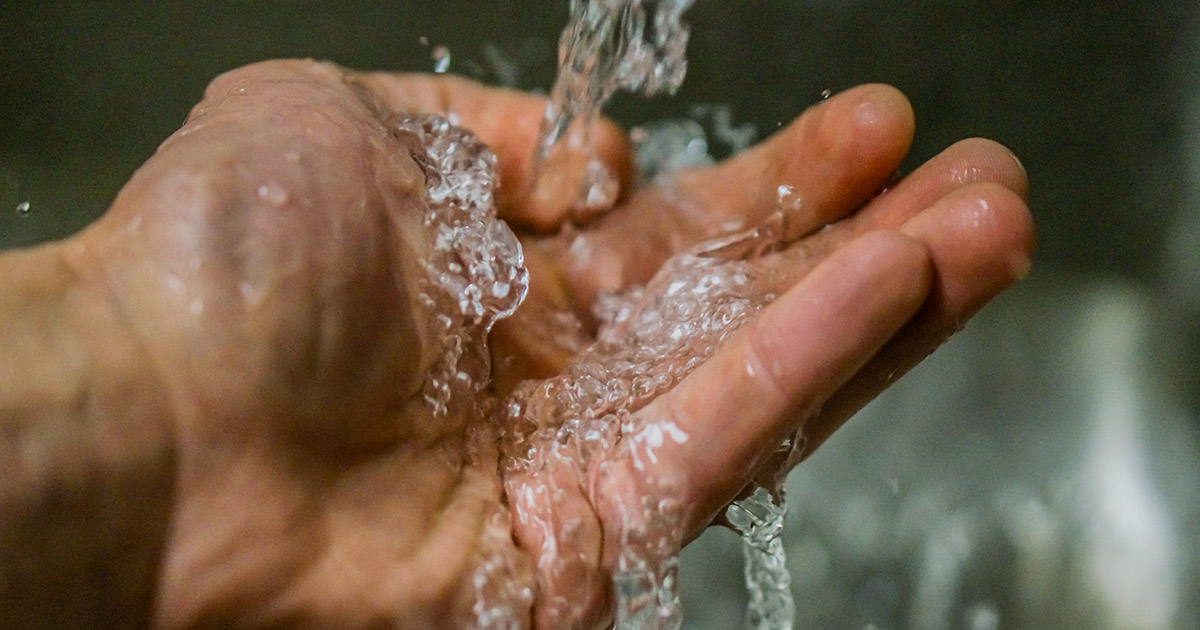Purafy’s project leader Dr. Arghavan Mirahsani is working with two professors in the Department of Chemical Engineering at Queen’s University, Dr. Louise Meunier and Dr. Ehssan Koupaie, on a recently awarded NSERC Alliance project which will develop a “Graphene Kidney” mechanism that can treat waters contaminated with polyfluoroalkyl substances (PFAS).
What are PFAS?
Polyfluoroalkyl substances (PFAS) are a large, complex, and ever-expanding group of manufactured chemicals widely used to make various everyday products. They can be found in firefighting foams, textiles, cosmetics and food packaging materials. The harmful substances make their way into our freshwater systems, groundwater, and soil, and cause adverse environmental and health effects. Although substantial advances have recently been made, to date, no treatment options that fully do away with the threat they pose to Canadian freshwater systems have been available.
In April 2021, the Government of Canada announced its intent to address PFAS contamination and invest in research to mitigate their impact on the environment. Effective in-situ treatment technologies are urgently needed, particularly for PFAS-impacted soils, pore water, and associated freshwaters. The need aligns perfectly with Purafy’s belief that clean water is a right for all.
“At Purafy, we are committed to the preservation of clean water and designing and engineering new approaches to the challenges of remediating contaminated water, so working on this project was very exciting for me,” said Dr. Arghavan Mirahsani, who’s been working with Purafy for three years and is leading a joint research effort with Dr. Louise Meunier and Dr. Ehssan Koupaie of Queen’s University to address the issue. The group’s work is focused on developing a “Graphene Kidney,” or filtration membrane, that makes use of Purafy’s proprietary graphene-based technology to remove PFAS from water.
Filtering fluids
“The Graphene Kidney would operate much the same as a human kidney does to filter fluids in the body. Taking advantage of graphene nanomaterials, we aim to characterize interactions between graphene and PFAS (and its degradation products) and subsequently design a highly effective yet economical in-situ filtration technology to remediate PFAS from contaminated pore and groundwater,” said Dr. Meunier.
“This project will provide a unique opportunity to experience various aspects of research, from modelling and design to hands-on experiments, scale-up, and economic analysis,” said Dr. Koupaie. “We aim to provide a means for on-site and effective PFAS treatment with Purafy’s functionalized graphene materials by offering an advanced water filtration mechanism that is safe and easy to use.”
“Effective Alternative”
This project is also connected to a recently awarded Tier 2 Ontario Research Fund – Research Excellence project based at Queen’s, “Integrated approaches to characterize, detect, and treat Contaminants of Emerging Concern (CECs) in the aquatic environments of Ontario.”
The Graphene Kidney would benefit Canada by offering an effective alternative to current remediation practices. Clean-up costs for PFAS-contaminated sites in Canada are estimated at $150M to $1.5B, based on inefficient removal technologies. When excavated, PFAS can be transferred to landfills, where contamination of leachate is already a concern.
“This technology is expected to quickly gain acceptance because of its simple process, which could be applied to clean-up more sites in Canada. The Graphene Kidney could also treat other emerging contaminants, and this research could be expanded to treat complex, multi-contaminant polluted waters, improving water quality in Canada and strengthening Canada’s position worldwide in state-of-the-art remediation technologies,” says Dr. Meunier.
For more information on the Graphene Kidney project, visit https://www.chemeng.queensu.ca/news/2022/06/Graphene_Kidney_Meunier_Koupaie.html

